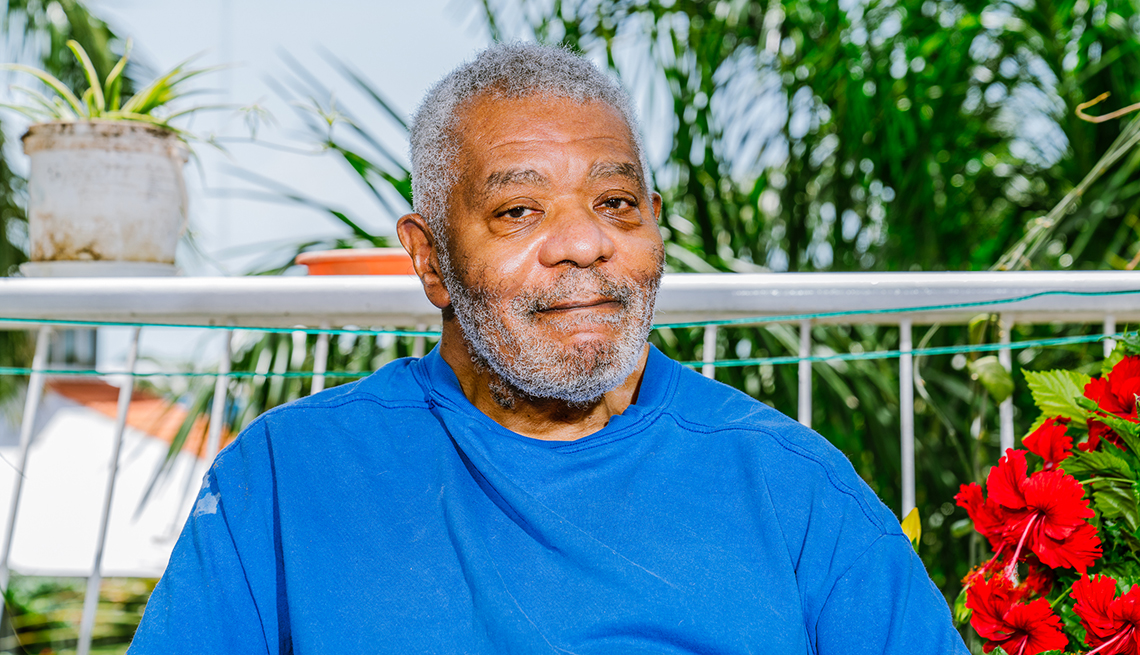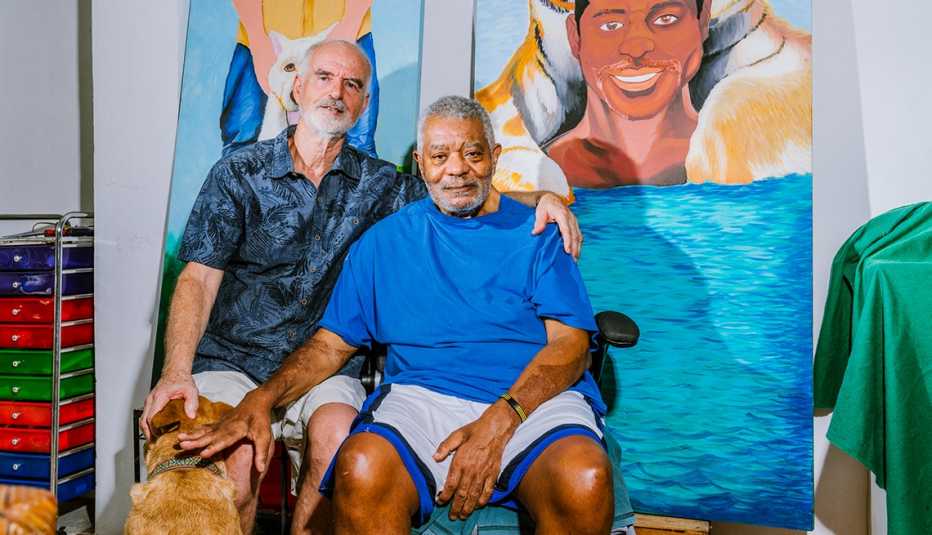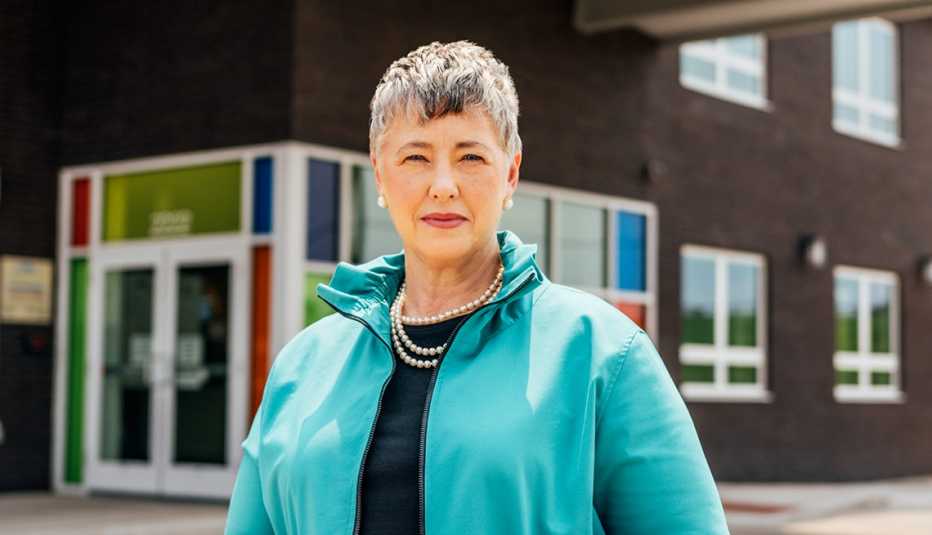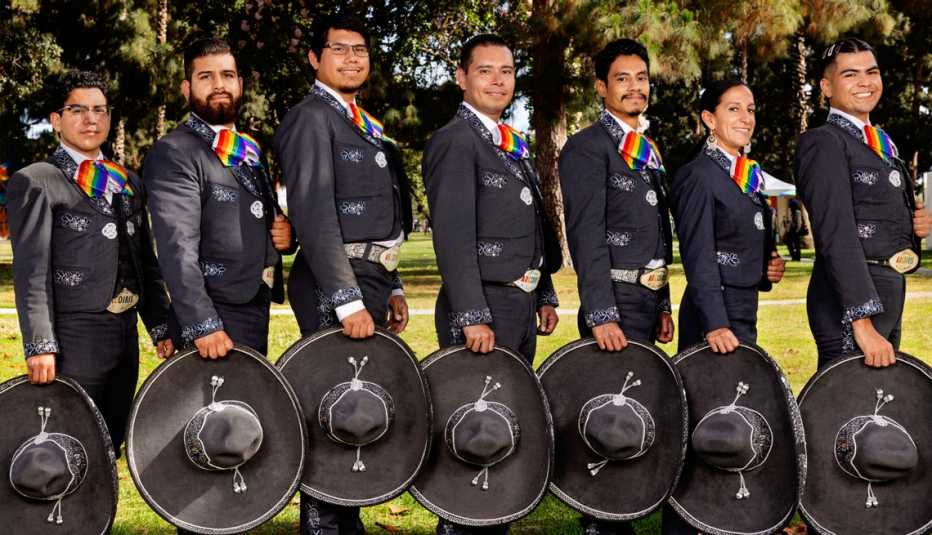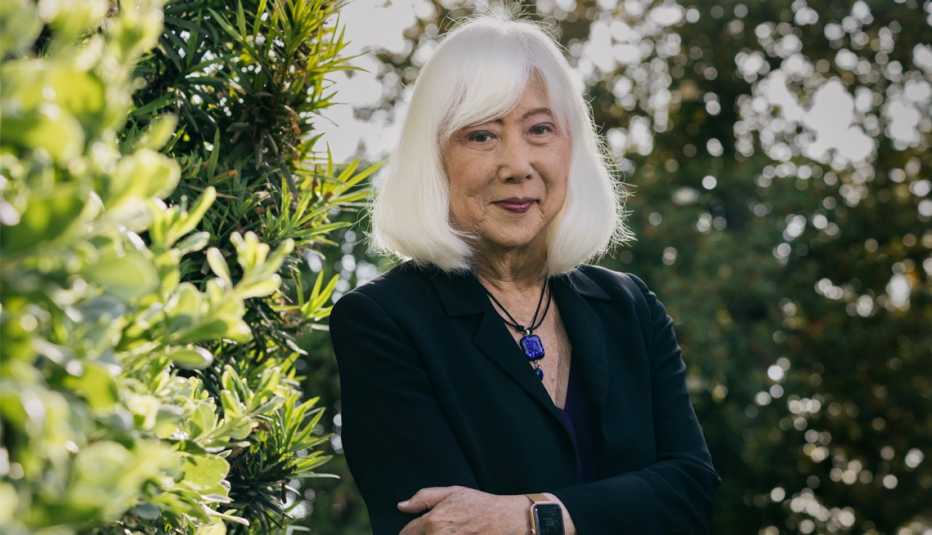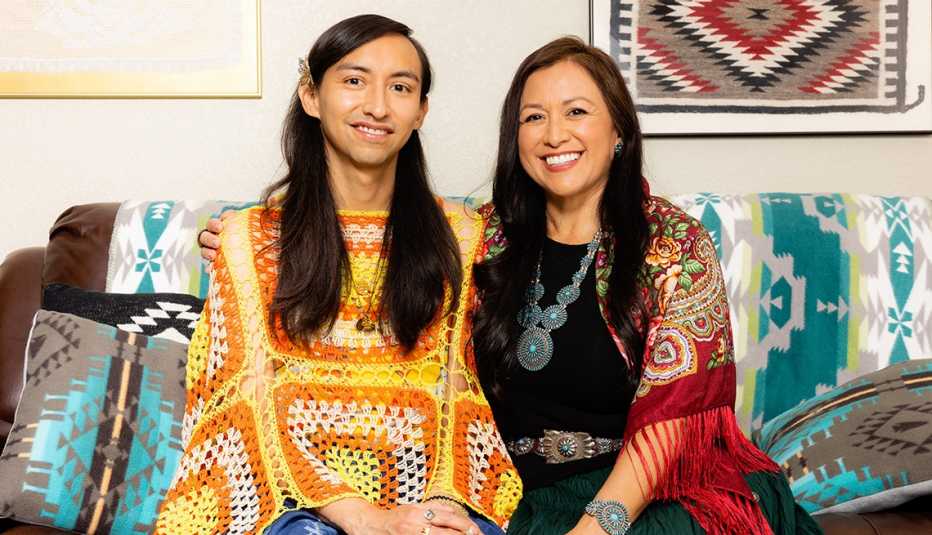Staying Fit
ABilly S. Jones-Hennin, 80, has watched views on everything from sexuality to HIV/AIDS evolve during the decades he has been an activist in the LGBTQ+ community. A bisexual+ man in a 45-year interracial relationship, Jones-Hennin was a founding member of the Gay Married Men Association in Washington, D.C., and the founder of the D.C. Coalition of Black Gays. Now a grandfather who splits his time between Washington and Quintana Roo, Mexico, Jones-Hennin’s memories of living through the height of the AIDS crisis and of the friends he lost remain vivid.


AARP Membership— $12 for your first year when you sign up for Automatic Renewal
Get instant access to members-only products and hundreds of discounts, a free second membership, and a subscription to AARP the Magazine.
This is his story.


HIV/AIDS: A timeline
1981: The CDC reports cases of a rare lung infection in five previously healthy gay men in Los Angles. Simultaneously, a cluster of rare and aggressive cancers is reported in the gay population in New York and California. In the coming months, these illnesses would be connected to the same disease: AIDS.
1982: The CDC defines AIDS as a disease.
1984: Scientists discover and diagnose HIV as the virus that causes AIDS.
1985: The FDA approves the first blood test to detect HIV.
1987: Activist Cleve Jones creates the first panel for the AIDS Memorial Quilt. Each panel, representing a grave, is 3 by 6 feet. The quilt, containing 1,920 panels, is displayed in Washington, D.C., to call attention to AIDS deaths.
1987: The FDA approves AZT as the first antiretroviral drug for treating AIDS, but the high cost of the medication is prohibitive for many.
1988: The first World AIDS Day is observed.
1992: AIDS becomes the leading cause of death for U.S. men ages 25 to 44. Two years later, AIDS is the leading cause of death for all Americans ages 25 to 44.
2012: The FDA approves pre-exposure prophylaxis (PrEP), a daily dose of two antiretrovirals to prevent HIV infection.
2019: Doctors say they have cured a patient of HIV infection, 12 years after a first patient appeared to have been cured. Scientists had struggled to replicate that success.
March 2022: Following the quick development and approval of COVID-19 vaccines, three trials of mRNA HIV vaccines begin.
ABilly S. Jones-Hennin: My capacity for loving is not locked into a specific gender. It’s the individual that I’m attracted to. Gender comes with that individual and that’s how I’ve identified myself for several decades now. I’m a child of the ’40s, so the most embracing term at that time was homosexual. Otherwise, you’d be called a sissy or a punk or a faggot. Derogatory terms. The terms have evolved, and I believe they are still evolving in how people identify themselves.
I knew early on that I was attracted to boys as well as girls and then later to men as well as women, but did not have the language for it. I slowly identified myself as gay, but calling myself gay didn’t totally fit me. Eventually, I was fortunate enough to meet several bisexual activists and came to awareness and acceptance of myself as bisexual. I currently identify as bisexual plus and as queer. Five years from now, I may say something else. It’s evolving.
When I did come out and identified myself as gay, I was married, living with my wife. When we separated, I had joint custody of our three kids. My kids were always with me, even then. They’d go to all sorts of LGBTQ events. I was semi-closeted and semi-open. It was a time when if you identified yourself as bisexual, you’d be ostracized by the lesbian and gay community. You remained closeted about it. You didn’t openly say, “I’m bisexual.” If you did, people would accuse you of passing or be told it’s just a phase, you’ll get through it. People thought it was a transition, moving from being straight to being gay. Or that you were just confused. I am fortunate now to live in a period when younger and younger individuals are coming out and are comfortable finding themselves openly as bisexual.



























































